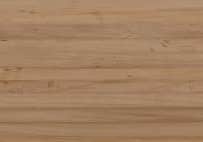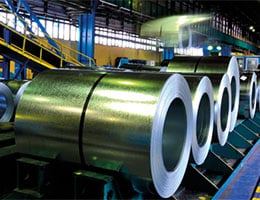 Laminated is an adjective that is used to describe that which is equipped with sheets . The concept also refers to the act and result of laminating : making sheets or decorating something with this type of plates.
Laminated is an adjective that is used to describe that which is equipped with sheets . The concept also refers to the act and result of laminating : making sheets or decorating something with this type of plates.
To understand what a laminate is, we must first focus on the idea of sheet . This is the name given to a piece of thin thickness, flat and usually metallic .
In its most common use, the notion of laminate refers to a coating of several layers. The laminate is usually made up of three layers: a lower layer that functions as a moisture barrier, a thicker intermediate layer that acts as a substrate, and an upper layer that is the finish of the material.
Laminate can be used to cover the floor or wall. The objective is for this product to be decorative thanks to its aesthetics, but also to provide a series of benefits (such as preventing the passage of moisture, to name one of its advantages).
The rolling or lamination process, on the other hand, is carried out to reduce the thickness of a sheet of metal or a similar material that is malleable. To develop this laminate, pressure is usually applied with a device known as a laminator .
Lamination is done hot or cold, depending on the case. The plate must continually pass through cylinders that generate compression forces and cause plastic deformation of the material.
Generally, hot rolling represents the first phase of the process by which molten materials are transformed into final products, and significant section reductions are possible. We must ensure that the temperature of the metal mass rises uniformly until it reaches the desired point before it begins to deform, to avoid problems such as breakage or cracking.
Among the finished products that are usually generated by hot rolling, bars, rounds, straps and sheets stand out. Once obtained, they are used in machining or cold forming operations .
Through cold rolling it is possible to obtain completely finished pieces, with mechanical characteristics and a very even texture. Unlike hot rolling, considerable reductions in section cannot be generated.
Rolled steel , in this framework, is that which undergoes a process of this kind. The iron and carbon alloy is melted into ingots that are rolled until reaching the desired measurements.
 It is common to carry out the rolling process in what is known as a rolling mill , a series of roller units that are chained together and act on the metal until the product is finished. These trains are classified as follows:
It is common to carry out the rolling process in what is known as a rolling mill , a series of roller units that are chained together and act on the metal until the product is finished. These trains are classified as follows:
* roughing : used to rough hot ingots with the aim of converting them into billets or flasks, depending on needs. The thickness and width of the pieces obtained are in a range of 130-140 and 130-550 millimeters , respectively;
* billet : they are used for laminating the rough material obtained by the previous mills and converting it into products with a square or rectangular section, which are known as billets and llanletas , respectively;
* finishing : the finished products are obtained taking as a starting point those that arise from the previous train. Depending on the shape of the cylinders of the finishing trains, it is possible to obtain different pieces. For example, results vary if they are smooth or ribbed.
Thanks to the lamination of profiles it is possible to produce contours in the cross section to give rise to various shapes. To do this, the material is passed through rollers with the printed shape.
